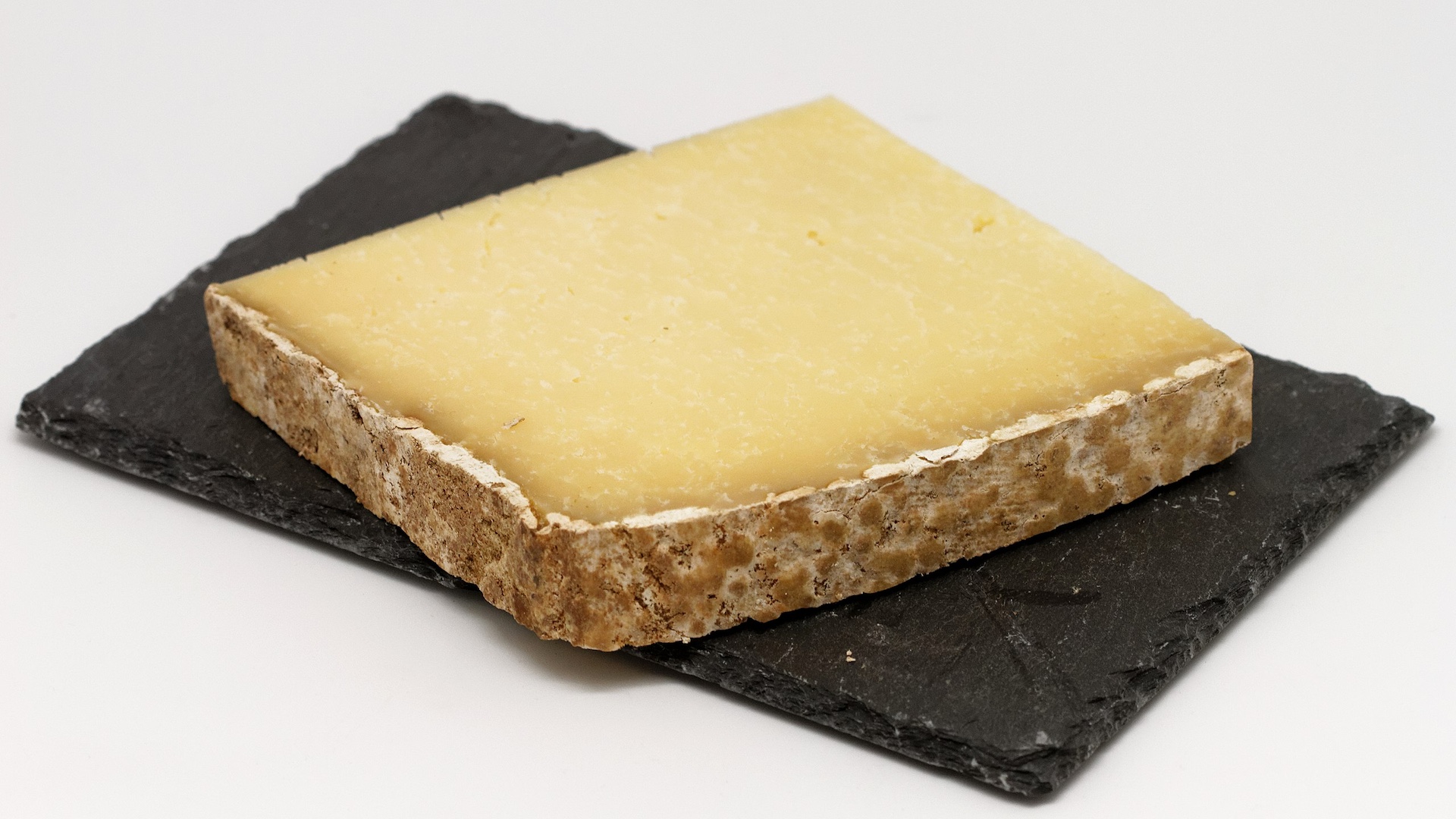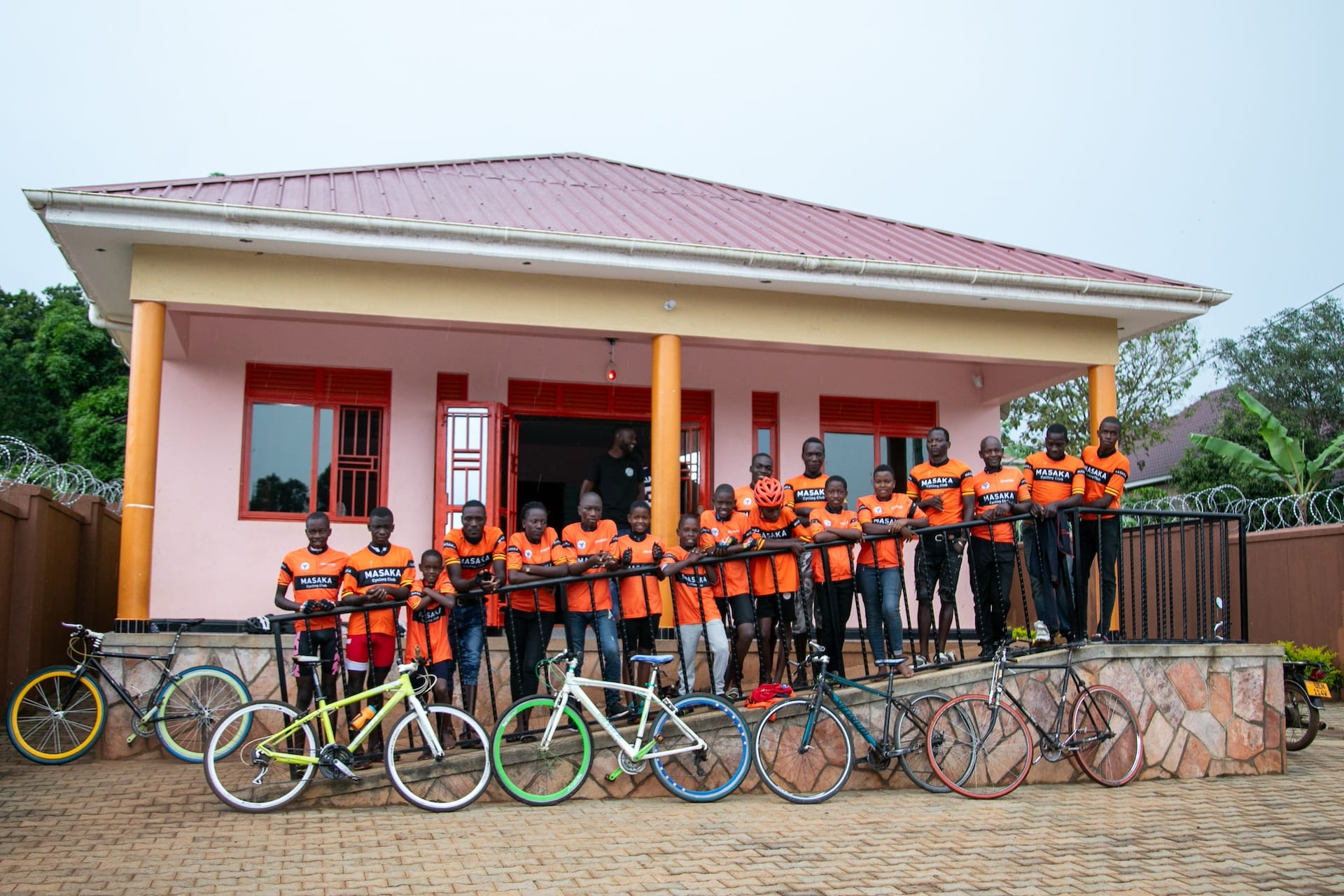We have made it to a cheese region ... although fromage is omnipresent in France. I can tell you something about Cantal, the cheese named after the department we are racing in today. We are on volcanic grounds here but the cheese is not nearly as old as these volcanoes, even though Cantal is one of the oldest French cheeses – at least 2,000 years old. Even in Roman times author Pliny the Elder referenced this cheese in one of his chronicles.
Cantal it is protected by an AOC, the Appellation d'Origine Contrôlée, like over 40 other cheeses. This label determines how and where cheeses using the Cantal brand name can be produced.
The Department of Cantal is a region known for lush grasslands. The cheese is produced by more than 1,300 different farms. More than 60 types of plants have been found in the pastures there. Since Cantal's AOC requires that cows whose milk is used to make this cheese must graze on fresh grass for at least four months of the year – between May and October – these complex flavors show up in the finished product.
Cantal's subtle flavors grow in complexity the longer it's aged. Taste ranges from milky and buttery to piquant and peppery, a dedicated foodie’s website tells me. The cheese has an earthy natural rind that may be white, gray, or gold, depending on the cheese's age. Even though the rind is edible, I usually don’t eat it – it can be very chewy on the older varieties. Our dogs are really happy to eat it though.
Cantal comes in various sizes because they use different molds for the raw cow’s milk. The big ones are between 35 and 45 kg and the small ones around 10 kg. The difference in weight in the big ones have to do with age. Young cheeses contain more moisture than the older ones.
Cantal is a cheese that can be kept for months or even years and therefore was also interesting for trade, unlike soft cheeses like Brie. Historic sources mention that a lot of the Cantal was transported to Provence, in the south of France.
Cantal shines on a cheese board with accompaniments like toasted hazelnuts, grapes, or stone fruits like peaches and apricots, according to foodie website The Spruce Eats. What a job, writing about cheese for a living! Oh wait ... never mind.
The cheese pairs well with wines such as Côtes d'Auvergne or Cabernet Sauvignon. It can be shaved onto a green salad with a vinaigrette, melted into fondue, or blended into potatoes in pommes aligot. It can also be grated and used in recipes for baked dishes like tarts, quiches, and gratins. Yes, I’ll have all the above please. Bon appetit.
Did we do a good job with this story?




